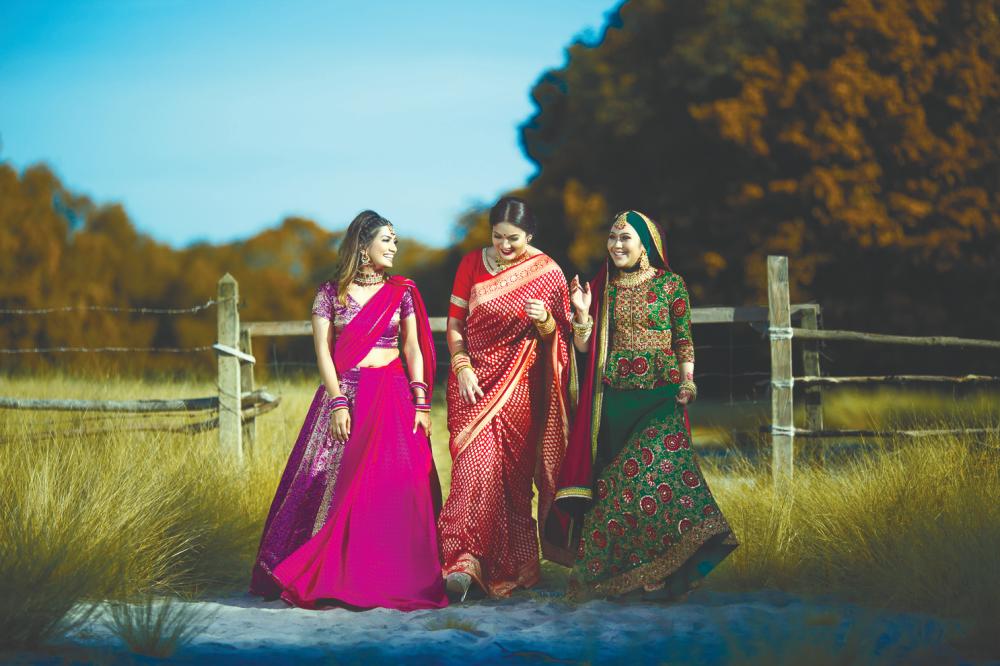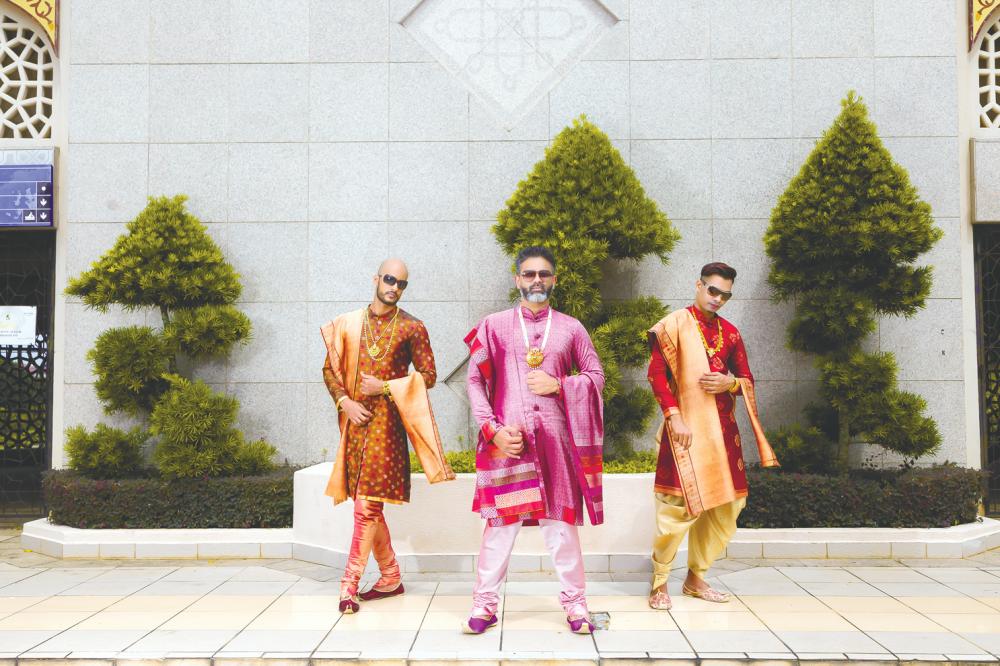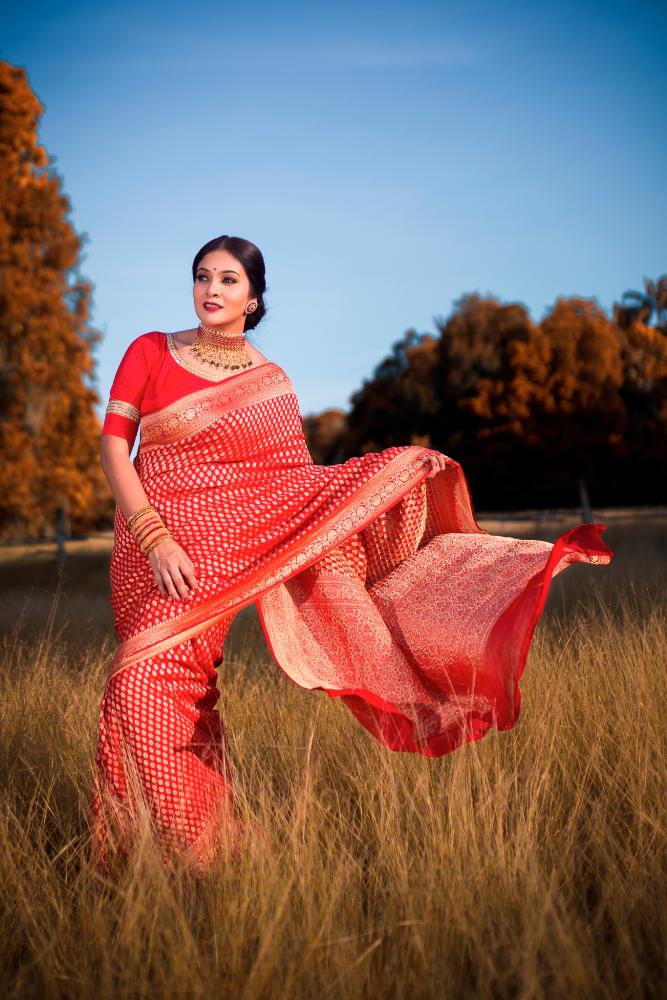A PENCHANT for high quality and lots of creativity are the foundation that Jansri Sarees stands on thanks to its founder Sri Shangari Subramaniam, a former school teacher (she quit her job earlier this year) turned full-time entrepreneur and designer.
The story of Jansri Sarees is a story about passion and good taste.
“I am actually a person who enjoys wearing sarees. I got into the business because of my colleagues. My fellow teachers always got excited seeing me in sarees, as well as the collection that I have. Since I go to India regularly, they would request that I get some sarees for them. That was how my business started.”
In 2015 she began selling sarees part-time, and in 2016 she formally established Jansri Sarees.
The name of her boutique which is based in Kuantan is a combination of her name, and that of her daughter Niranjana Sivanathan.
“So I started an online business selling only handmade sarees. They are more expensive than machine-made sarees, but quality wise they are above par. They are also more environmentally-friendly because they are handmade. That is why we concentrated on hand loom sarees, because they were environmentally-friendly, more sustainable and are of better quality.”
Most of Shangari’s customers are from Klang Valley and Johor. She has had pop up stores in several locations in the Klang Valley to help promote her sarees to a bigger customer base.
The sarees that Jansri Sarees offers are specially curated by Shangari herself, who sources them from different places all over India. In fact she deals directly with weavers and conveys to them what she wants.
She has also tried her hand at designing.
“We don’t design sarees but we design outfits from sarees. I started my tailoring unit this year in January.
“The environmentally-friendly concept is already a part of our concept. When we decided to do our own tailoring, I wanted to promote sustainable fashion to our customers.”
It started with her late mother-in-law’s collection of high quality sarees.
“They were good quality silk sarees, some that have lasted for 30 years.” So they decided not to waste the sarees, and at the same time stick to their sustainable concept.
“We decided to come up with modern outfits from these old sarees.”
She had three campaigns to promote her new fashion line: one in March, another in June and a big one in September. The September campaign in particular was popular on social media, not only due to the eye catching outfits, but also the professional photography and styling.
The models for the campaign, both male and female, were Shangari’s acquaintances and former colleagues.
“We wanted to show that sarees can be used by both males and females.”
Customers can also bring their old sarees to Jansri’s and they will be converted into a new outfit.
Sarees and Indian traditional outfits are traditionally sold in stores, with customers preferring to touch and inspect each item of clothing before purchase. However, Jansri Sarees used an online platform right off the bat.
“At that point, we were not thinking of doing this full time. It was just something I was passionate about, but I did not think I had the time to concentrate on the business.
“Initially we just posted pictures of what our suppliers had, and when customers placed an order we would bring them down from India.”
By keeping their business online, they also incur lower costs.
“At that time a lot of online businesses were picking up.”
The sarees that Shangari sells are the sarees she would wear herself. That is why in terms of colour and design, the sarees she sells are different from the kind sold in bigger stores.
“Every colour and every design I see are my personal choice. I would go for colours that are vibrant, designs that are unique, and colour combinations that are unique as well.”
The entire collection is handpicked. In her own way, Shangari has made sarees more appealing for younger ladies, who have vastly different tastes than their mothers and grandmothers.












